Over the course of the past year, MediaTek has really pivoted from primarily focusing on powering our smart home devices and smart TVs to taking the smartphone fight to Qualcomm. For years, Qualcomm has remained the primary option for smartphone makers to consider when creating and designing flagship phones. In 2021, we saw this dominance begin to shift a bit in MediaTek’s direction with processors like the Dimensity 1200. However, the Dimensity 1200 still fell a bit short of Qualcomm’s Snapdragon 8-series of processors.
Now, MediaTek is taking another stab at the flagship smartphone market with its announcement of the Dimensity 9000. This chipset is the world’s first 4nm-class processor and includes a total of eight Arm Cortex cores, the Mali-G710 GPU, and even Raytracing. But the Dimensity 9000 also offers so much more, including being the first processor to support Bluetooth 5.3, along with using LPDDR5X memory.
Efficiency and performance are the names of the game with this latest chipset, with MediaTek promising to provide up to a 20% boost to graphical performance. Meanwhile, the Dimensity 9000 is also the first SoC to make use of Arm’s Cortex-X2 CPU core, clocked at 3GHz. All of this has combined to help MediaTek’s upcoming processor to be the first of its kind to pass the 1,000,000 mark via AnTuTu’s benchmarks.
Other features of the Dimensity 9000 include being the world’s first chipset to support a 320MP camera, while also offering 8K AV1 video playback, and 18-bit HDR thanks to its ISP. Future smartphones will even be able to record 4K HDR video on three different cameras all at the same time. In terms of display support, MediaTek confirmed the Dimensity 9000 will be able to support 144Hz refresh rates on QHD displays and up to 180Hz refresh rates with FHD resolution displays.
MediaTek took plenty of time to focus on the enhancements in AI machine learning performance, as the processor is said to improve performance and efficiency by about 400%. In fact, many comparisons were made directly to Google’s new Tensor chip, found in the Pixel 6 and Pixel 6 Pro. So it’s good to see that MediaTek recognizes the competition and doesn’t want to get left behind, even if the Tensor is Google’s first commercial attempt.
It should come as no surprise that the Dimensity 9000 blows all of the 2021 flagship phones out of the water. But what’s even more impressive is that MediaTek claims that it can match the multi-core capabilities offered by Apple’s A15 Bionic chip, which is something that we have not yet seen from any Android devices.
Unfortunately, we will have to wait a while to see the real-world results and performance of the Dimensity 9000. The company states that it’s unsure when a Dimensity 9000-powered smartphone would arrive here in the U.S., but that we can expect to see phones in other regions of the world by the end of Q1 2022. It will be interesting to see what’s to come, considering that the upcoming flagships from Samsung and Xiaomi are tapped to use Qualcomm’s Snapdragon 898 processor.

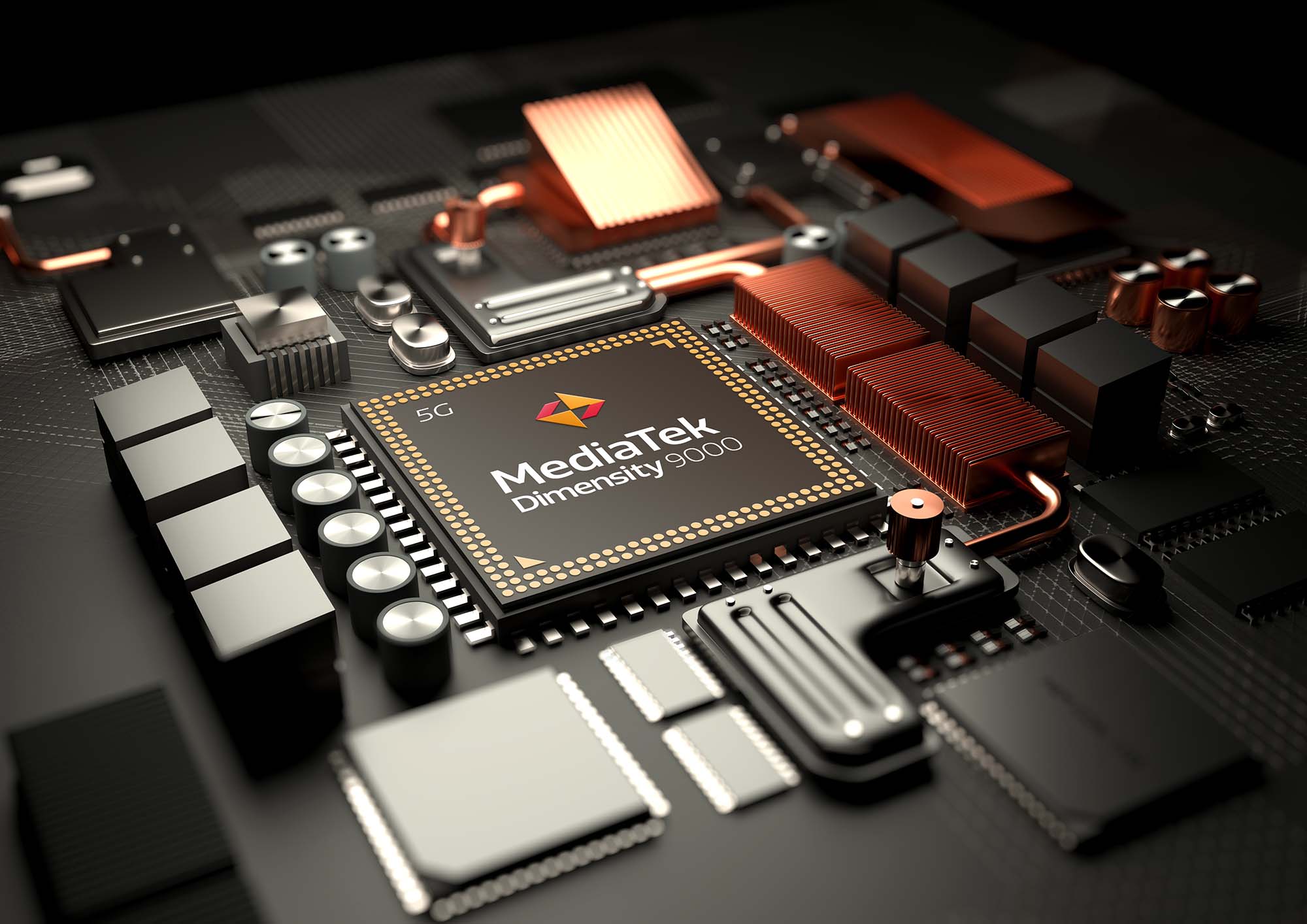
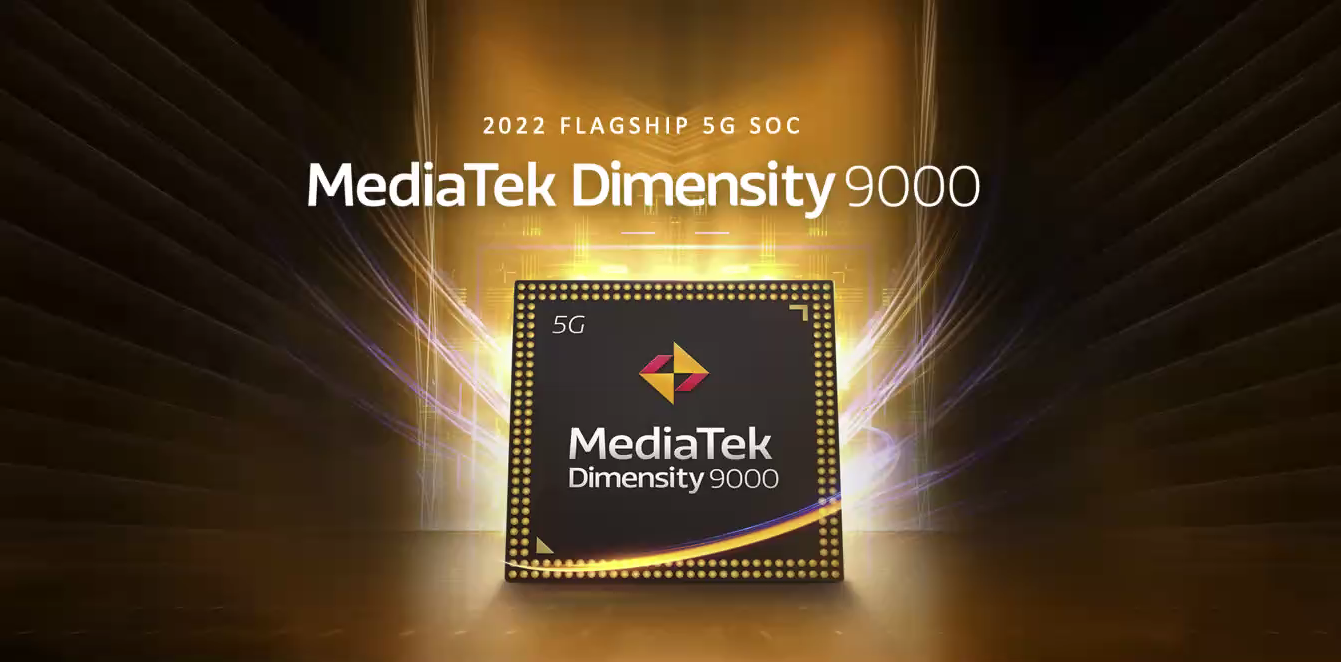

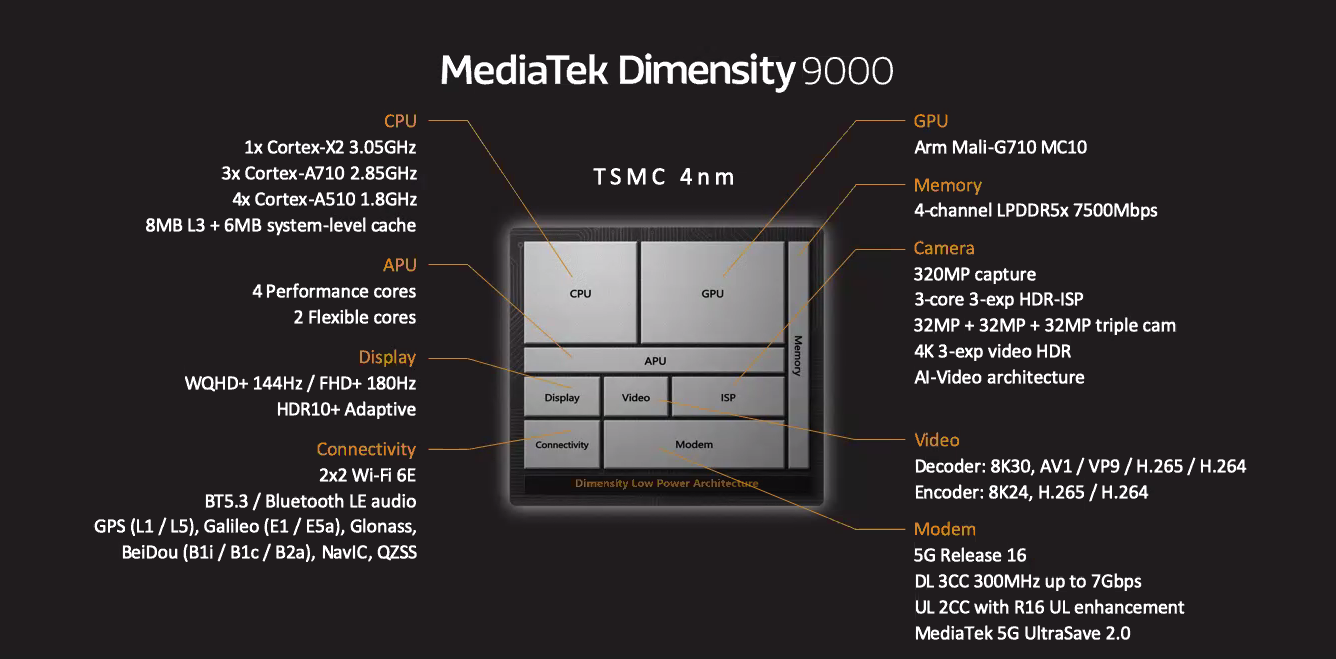




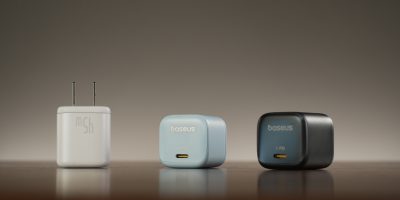


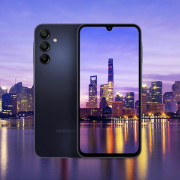


Comments